Agave spirits aficionados have a tendency to dismiss brand owners who aren’t producers as “mere bottlers,” but this can be reductive. For instance, there’s a significant difference between a big company that contracts with producers to add a mezcal to their portfolio and an individual like Larissa Carillo Solís, who is literally a bottler in the sense that she personally filters, bottles, and labels every bottle of Raicilla Eterno Embrujo. She also does all her own promotion and sales. In other words, when it comes to the brand side of the business, she’s a one-woman band.
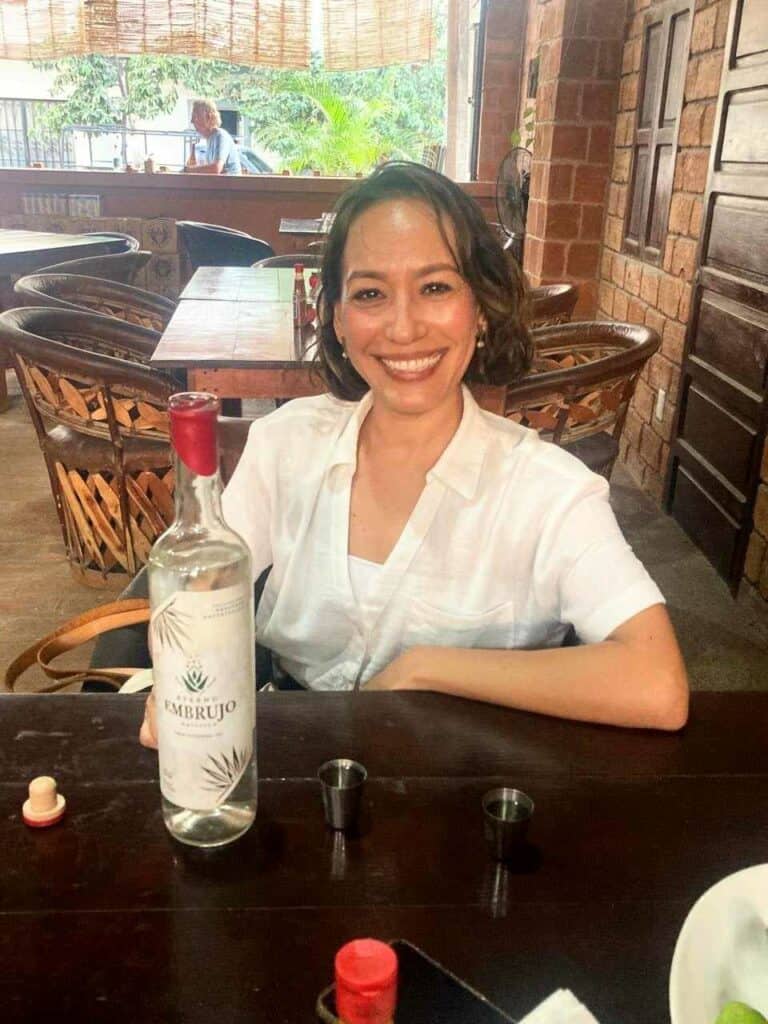
We meet to talk at Pajaritos, an old-school bastion in a Puerto Vallarta neighborhood that’s feeling the creep of boutiques and boutique hotels. Located on a side street, the seafood restaurant is a refuge for locals like Larissa. She settles into a cowhide chair and orders a beer. Her smile is bright, and she has a way of comfortably melding easy chatter with thoughtful observations about people, their relationships, and, of course, raicilla, the mezcal local to the region.
“I like to talk,” she says unapologetically.
Larissa has deep roots in coastal raicilla country, and her brand story encapsulates the traditions and kinship connections of northern Jalisco. Her father was from Cabo Corrientes, where Eterno Embrujo is now produced by Don Hildegardo “Japo” Joya and his sons Saúl and Pedro. Don Japo is legendary for distilling some of the world’s best and most distinctive raicilla at his traditional taberna, an open-air distillery.
What is raicilla?
Raicilla is sometimes dismissed as “Mexican moonshine.” The spirit originates in the same state as the highly regulated tequila industry, but until recently was largely produced at unregulated rural stills. That’s changing, but calling it “moonshine” is as inaccurate as applying the same label to Oaxacan mezcal. Most raicilla is artisanal mezcal, made by small producers who use traditional methods. Like all mezcal, the flavor can vary wildly depending on the types of agave used and where it’s made. The spirit is an essential part of rural culture in Jalisco, particularly in Cabo Corrientes, an epicenter of raicilla production. (See Raicilla 101 and Raicilla Rising for more details.)
“This neighborhood was originally settled by people from Cabo Corrientes,” Larissa explains.
Where is raicilla made?
Cabo Corrientes is a rural municipality just south of Puerto Vallarta, and the two places couldn’t be more different. While people the world over know Vallarta for its high-rise hotels, blended margaritas, and gay dance clubs, Cabo Corrientes is known (to locals) for ranchers, raicilla, and a remote stretch of coast at the end of life-threatening roads.
Larissa’s father left home on a scholarship to become a science teacher in Vallarta, but she has fond memories of spending the holidays with family on the beach in Cabo Corrientes, back in the days when you arrived there by boat and had to ride by mule through the jungle if you wanted to the get to the inland villages.
Although Larissa says she tried raicilla at “a very young age,” she didn’t become professionally interested in the spirit until 2019, when her father died. For Larissa, creating a raicilla brand was a way to honor and uplift her father’s community. He’d always stayed true to his roots—helping other rural kids to get scholarships and find their footing in the city.
Larissa had drifted away from her cousins in Cabo Corrientes during her 22 years working as an air traffic controller for Aeromexico.
“I got totally disconnected for a while,” she says.
Building Eterno Embrujo has given her common ground with her family and their larger community.
“People can seem reserved at first, but when they open up, it’s whole-hearted. For me it was something very beautiful. I didn’t expect it,” she says. Her favorite thing about being in the business is how much she’s learned.
“Thank God for the elders,” she says. “I feel very fortunate to be able to learn—not just from Japo, but from Don Adrián [Rodríguez, of Taberna los Tres Hombres], and from other older people in my community.”
But all this learning and extra work took a toll. She eventually made the difficult decision to quit her job. As a mother of two, working full time and running a business was too much. Losing her steady salary has been hard but she doesn’t regret it.
“For me, the project for me is very sentimental, very emotional…” she says. “Eternjo Embrujo was born as a way to involve myself in the community, to work there and begin to see a way to create more work there, to help the community—which is my community.”
On creating a woman-owned raicilla brand
This sentimental and emotional connection came into play when she was looking for a producer. Don Japo is her great-aunt’s father and grew up with her grandfather. As young men, they made money fishing for sharks and working in the woods, harvesting chilte to make chicle. When Japo was 17, he planted his first agave. By 24, he was distilling, a skill he learned from his father, Heriberto Joya Gonzáles.
While discussing a business partnership, Larissa and Don Japo hit it off. She says she’s heard more stories about her grandparents from him than from her father or uncles. Don Japo is the epitome of “old school” in many ways, but he can’t be easily categorized.

“Hijole. He’s quite a character. He surprises me every time. Every time.” She laughs.“I’m the first woman in my family to work in raicilla,” she says, “And I’m also the only woman in Japo’s family who has been 100% dedicated to working with raicilla.”
As a woman in an almost exclusively male industry, she says she’s met some skepticism on the brand-building and sales side of the business, but that’s not been her experience in Cabo Corrientes.
“I’ve felt a lot of confidence from the people I work with directly. That is to say, with the people from mi rancho, from the people I work side by side with. I haven’t in any way felt excluded or rejected.”
She wants to learn how to produce her own raicilla, and says Don Japo and his sons Saúl and Pedro are open to that. She’s out at the taberna every chance she gets, to work and learn from them.
“Now that I can, I want to learn as much as possible at the side of one of the best, Don Japo,” she says.
Last year she and Pedro planted a field of agave to be used for future batches of Eterno Embrujo.
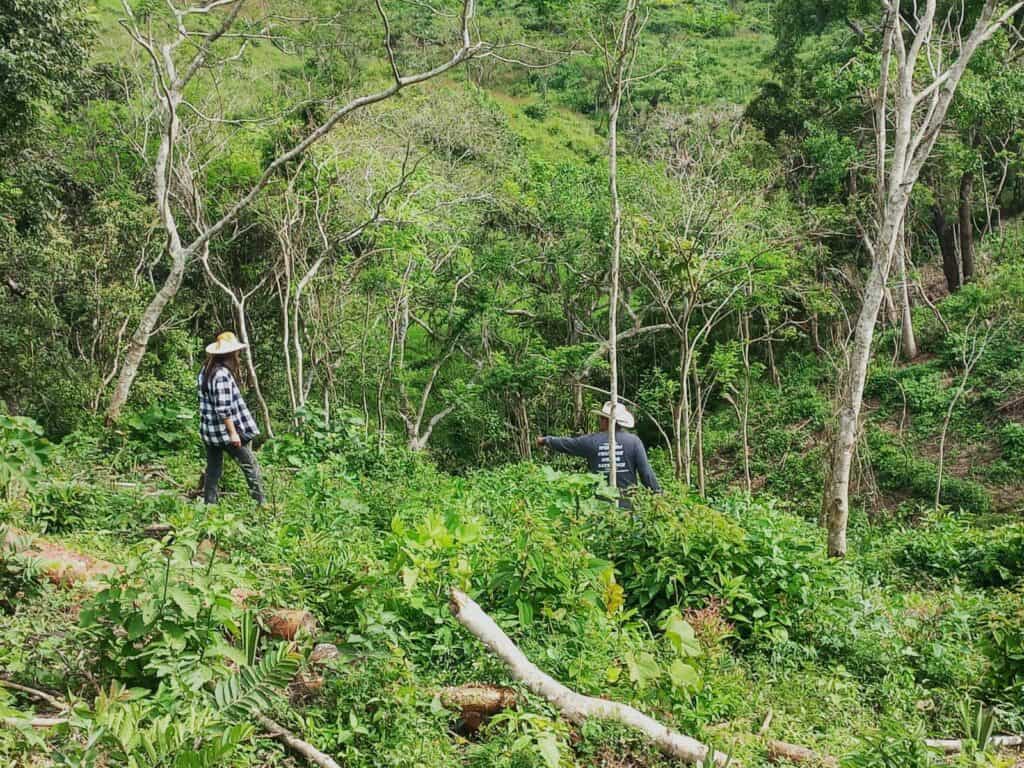
Larissa launched the brand in 2021, but it’s currently only available in Vallarta and a few other Mexican cities, including San Miguel de Allende. She’s hoping to find a US distributor. “I’m ready for that,” she says. “I hope it happens soon.” But she doesn’t seem antsy. Although there are currently no raicilla bars in Puerto Vallarta, she’s working on getting Eternjo Embrujo onto the menus at high-end restaurants.
“People have asked me why I don’t invest more money to get things moving faster, but it’s a life project. Clearly, I want it to grow. Because in the end it is a business. But I like very much to work at my own pace. I want to feel good, and I want them to feel good. It’s very important to respect the way that Japo works. If I were to exert pressure on any aspect of it, things could change…Japo has seventy years of doing this, and it’s always worked well, so they’re obviously doing something right,” Larissa says. “I’m very content with their methods and with how things are going with the brand.”
How raicilla is made – The Don Japo way
The raicilla may gain some of its distinctive flavor because Don Japo also tends to take his time. He roasts his agave for longer than the three days that is typical to the region and also ferments for longer than average—up to 30 days in cold weather.
“It’s a long process,” he says, sounding severe. When we ask how he knows when the fermentation process is complete, his answer is enigmatic:
“I see it.”
We’re sitting in folding chairs on the cement porch of his home, surrounded by gunny sacks of corn. A full damajuana, the big glass jug traditionally used to haul raicilla from the country for sale in town, sits center stage.

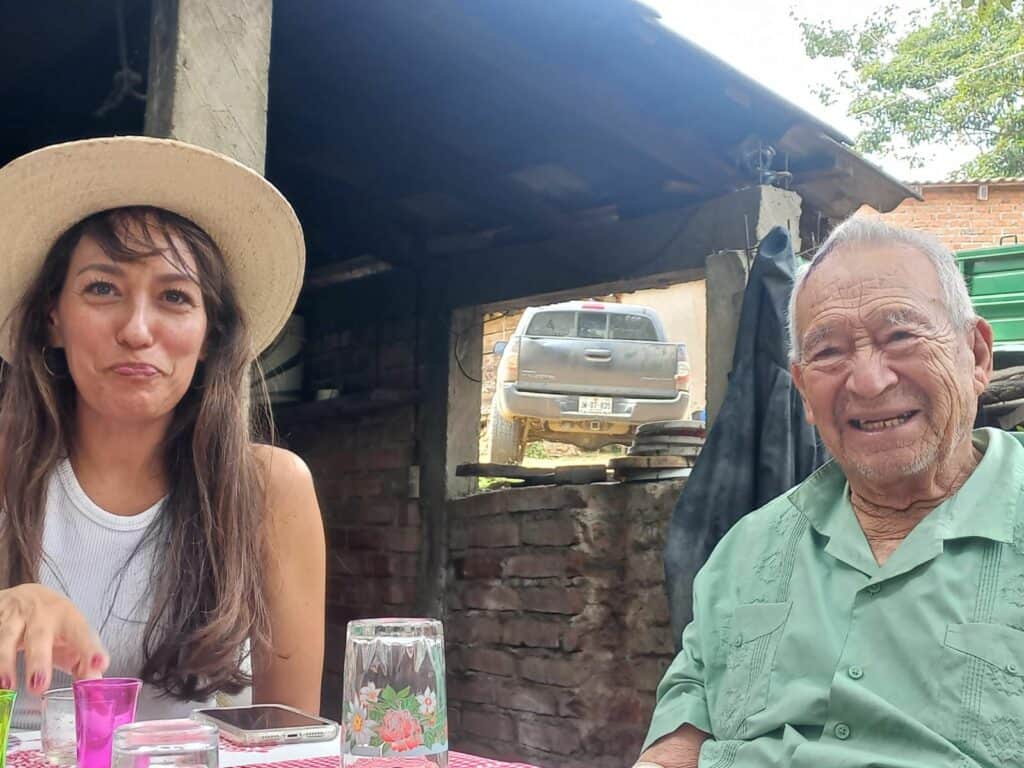
Or maybe it’s really Don Japo who sits center stage. He looks young for his 92 years. He tried to retire a few years ago, but got bored. He’s more prone to slow, thoughtful ruminations these days, but he’s still garrulous. He disdains the nascent raicilla bureaucracy. Though many local producers have their own brands in addition to selling in bulk, he seems glad to let Larissa and other buyers take care of that side of the business. His raicilla is famous enough that he can be choosy about who he sells to and set a higher price. He reminisces about the days when there were tabernas “everywhere” in Cabo Corrientes, but he says no one wants to do the work anymore. He rails against producers who use immature or diseased plants to produce their raicilla.
“If it’s not perfect, we throw it out,” he says.
In the backyard, a giant stone-lined pit serves as an oven for roasting agave. His thatched taberna has a dirt floor; a hammock hangs near Filipino-style stills with chambers made of tree trunks and copper condensers.
“Vino is very delicate,” Don Japo says, referring to “vino de mezcal,” an old-fashioned term for agave spirits. “The water you use counts a lot. The water here is very good.”
Larissa thinks not only in terms of methods and quality, but about the human side and helping people to recognize their talents. She negotiated with Don Japo to allow his son Saúl to make his own batch of raicilla at the taberna.
“I have a small batch that I got from Saúl Joya and it’s spectacular,” she says. “And it’s very different. You’re working with the same agave, the same taberna, but the flavor is totally different. And later I want to do one with Pedro Joya. So we’ll have representations of all three. Because they all three make really good raicilla, but they each have their own way of doing things.”

Larissa only purchases in very small batches. This is partially for financial reasons, but also because she doesn’t want to buy Don Japo out.
“It’s important to me that the community continues having their raicilla, because it’s always been that way.” she says. “And I want it to go on like that. That is to say, anyone in the community can say, ‘Oh I’m going to see Japo. I’ll bring my jug and buy a few liters from Japo, or from Adrian, or from Lupe [other producers].’ In the community, there’s always going to be a reunion, or a quinceañera, or a birthday party or a wedding. And so people need to be able to get their raicilla.”
This sentiment speaks to raicilla’s cultural and emotional significance in Jalisco.
“What I want people to know is that it’s not just about selling the liquid. But rather the intangible—the things that are behind it,” Larissa says. “It means something that I have roots there. I am bound to it. I have one foot there and one foot here. There are many unseen things that have more value than the liquid.”
She takes a leather box from her purse, removes several tiny glasses, and pours us each a shot. The restaurant owner, Pajarito, looks on benevolently and eventually comes over to join us for a drink. We toast.
Eterno Embrujo tastes a bit different than other expressions I’ve had from Don Japo’s taberna. It still has the characteristic funk—the raicilla is pungent and complex, but there’s a bright delicacy I’ve not noticed before. While I’m not one to knock the value of community and connections, the liquid itself tastes priceless.

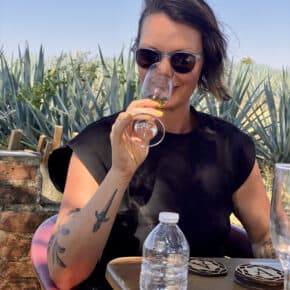


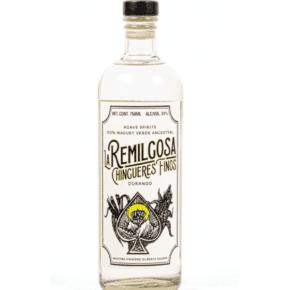








Leave a Comment